
Somebody give this man a medal, a patent, and a manufacturing plant. This is genius. I know it’s cliched to say someone built a better mousetrap but some guy named Larry did that with his DIY Motion Sensing Vacuum Mouse Trap. He used an infrared motion wall switch hooked up to a mini-shop vacuum via extension cord. A paper towel tube and some peanut butter for the bait complete the trap. The mouse goes near the sensor, the shop vac turns on for 3 seconds and phhhhrreup- in goes the mouse.

The mice get collected inside the shop vac. No mess, no muss, no fuss. The neat part is that it can catch multiple mice since once it’s snagged one, it just resets again. It might even be effective at catching some giant cockroaches too, if they set off the motion sensor. For a DIY, it actually doesn’t seem that difficult to do on your own and not too expensive- small shop vacs like this Stanley one or the ones I’ve seen in Lowes run about $30, or you might even have one lying around your house or garage.
5 thoughts on “DIY Motion Sensing Shop Vac Mouse Trap”
Comments are closed.



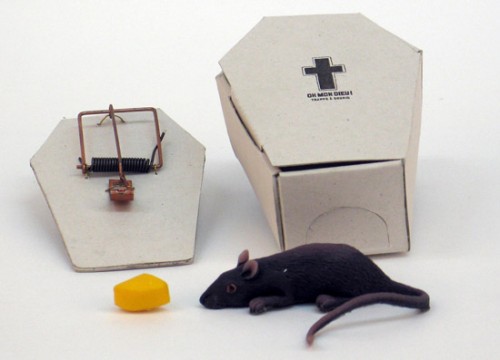
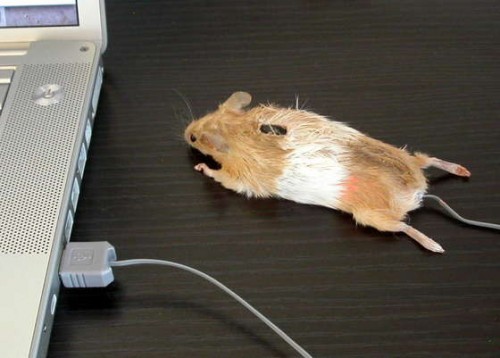



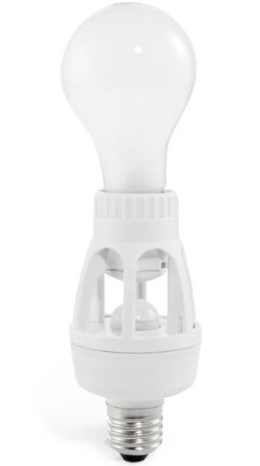
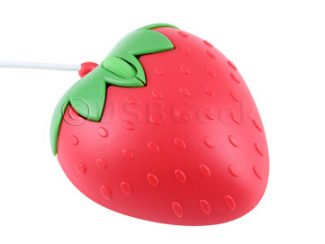

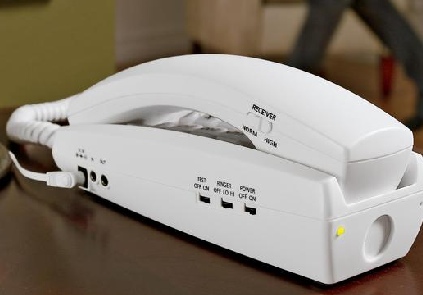


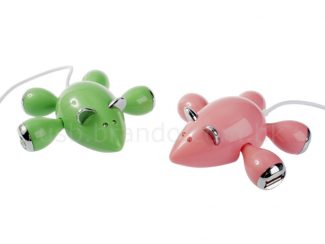
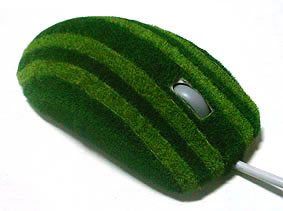
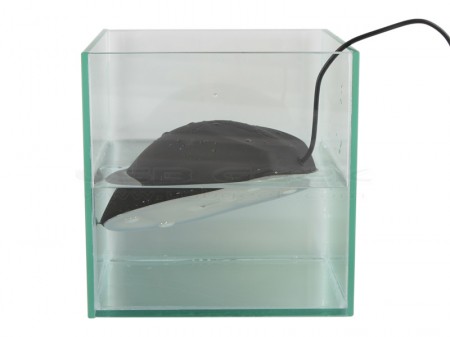
Holm Shop-Vac Electronic Mousetrap attachment is not cruel at all. Notice the picture of the unharmed mouse in picture. Actually right after I took that picture, the mouse jumped out and ran very quickly under a counter. No problem, it caught him again, but this time the mouse did not get away. It’s a prototype. A gift to the world.
I had a mouse eat the bait off the spring trap, that’s why I made this. The shop-vac wins every time. All the mouse has to do is look in the tube and the sensor sets off the vac.
I thinking the Shop-Vac mousetrap would be practical at an industry that has a lot of mice, where poison is not a good thing, like a peanut butter factory. Are they using poison now or do they a have an army of guys cleaning up and setting spring loaded traps or those horrible glue traps?
Also I’d like to point out this is a prototype. It can be customized to do whatever you’d like to the mice after it’s caught.
The point is to first catch the little beast before it eats the loaf of bread the kids left on the kitchen counter. Or peas and poops on everything.
Thanks for the comments.
A video would be nice. Does anyone have a high speed camera? Cause the mouse just kind of disappears really fast.
You wouldn’t have to worry about the dogs or kids getting snapped by a trap. It’s a simple idea.
I think you guys are missing the point. First you have to catch the mouse, before you can deside what to do with it. This Shop-Vac Motion Sensor Mouse Catcher Attachment will catch the mouse. So who’s going to make one and try it themselves? Make it better.
thanks for commenting larry. nice work, we’re big fans.
Great idea do you now the model number of the senor you used ? I am surprised it work inclosed in the tube and sensed in such a small space.
The “Wall mount light switch” sensor (available every there are wall light switches, I got this at Walmart).
The sensor works in the tube because the tube puts the mouse close to the sensor.
What is really needed is a custom designed 3 second timer/110 volt/15 amp relay switch motion sensor. Anyone know how to build one?
I love your mouse trap proto! I just saw this site today. So I’m wondering if you have updated it yet. I live the Santa Cruz Mountains in CA. I’m really in the middle of an oak/madrone/redwood tree forest. No matter how many holes are blocked up, I still get more coming in before long. My stupid neighbors kill their’s with poison. There are alot of pets and wildlife up here and it makes me furious that they put them at risk just for convenience. I actually almost wish one would die in there walls…
I did also want to ask about the Shop Vac. I guess, especially if you catch a mouse, you’d need to make sure the vac has a bag in it. Is that right? And empty it quickly, especially in the summer because of the smell.
Thanks for giving me the possibility of another option. I would really love to have one that is reusable and catches them alive.